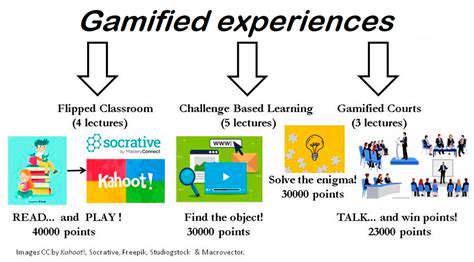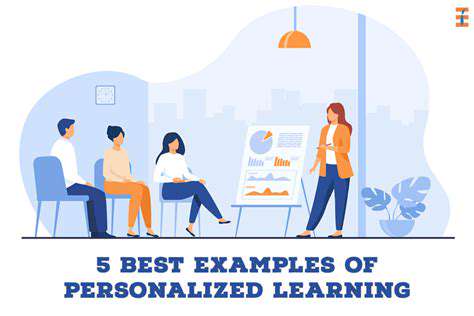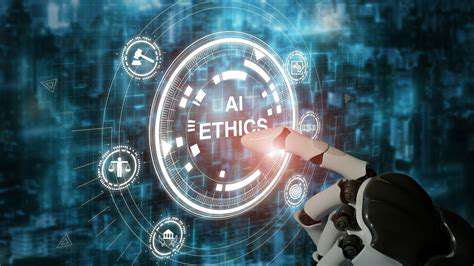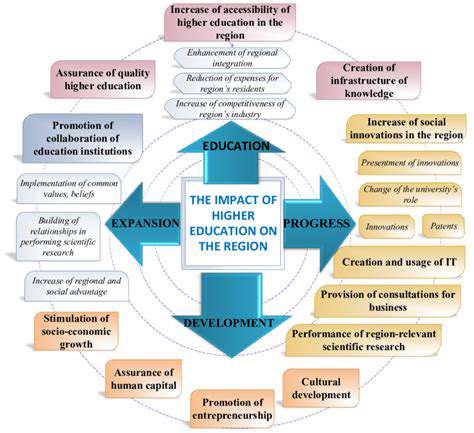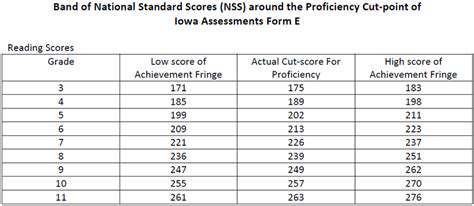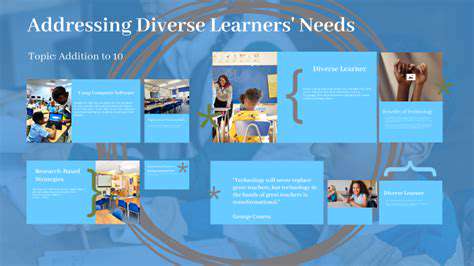Ensuring User Privacy in Mobile Learning Applications
Data Minimization and Purpose Limitation
Data Minimization in Mobile Learning
Data minimization stands as a foundational pillar for protecting user privacy within mobile learning apps. Rather than gathering extensive user information, developers should focus on acquiring only what's absolutely essential for the app's core educational functions. Imagine a vocabulary app - it needs access to a student's word progress, but has no legitimate reason to track their location data. This targeted approach not only reduces security risks but also demonstrates respect for user privacy.
Applying data minimization effectively demands a thoughtful analysis of the app's true requirements. Engineers must distinguish between nice-to-have data points and those genuinely necessary for learning outcomes. For instance, while age might help tailor content, collecting exact birthdates often exceeds functional needs. Regular data audits help maintain this discipline, ensuring no unnecessary information accumulates over time. When apps adopt this lean data philosophy, they simultaneously enhance security and user confidence.
Purpose Limitation in Mobile Learning Platforms
Purpose limitation acts as a critical safeguard, ensuring user data serves only its original educational intent. This principle prevents the all-too-common scenario where information collected for adaptive learning gets repurposed for advertising profiles. A math tutoring app, for example, should never sell a student's problem-solving patterns to marketing firms without explicit permission. Clear boundaries around data usage form the bedrock of ethical educational technology.
Effective implementation begins with transparent documentation that spells out exact data purposes in plain language. These policies shouldn't hide in fine print but appear during onboarding when users make meaningful choices. Technical controls like purpose-based access restrictions help enforce these policies at the system level. When users understand and believe their data won't be exploited, they engage more freely with the learning experience. Regular compliance checks ensure the platform maintains these standards as features evolve.
Robust Encryption and Secure Storage
Robust Encryption Techniques
Modern mobile learning platforms require enterprise-grade encryption to protect sensitive user information. AES-256 encryption has become the gold standard, transforming readable data into uncrackable code during both transmission and storage. Consider a scenario where a student's tablet gets lost - proper encryption ensures their learning history and personal details remain secure. Security isn't a one-time implementation but an ongoing process of evaluation and enhancement.
Supplementary techniques add valuable layers of protection. Data masking, for instance, might display only the last four digits of a parent's credit card in the interface while the system processes the full number securely. Tokenization takes this further by replacing sensitive values with meaningless tokens throughout the system. These approaches significantly reduce the attack surface even if perimeter defenses are breached.
Secure Storage Mechanisms
Physical security measures complement digital protections in comprehensive data defense strategies. Hardware security modules (HSMs) provide tamper-proof enclaves for cryptographic operations, keeping decryption keys separate from the data they protect. This separation proves particularly crucial for educational apps handling minors' information or institutional records. When selecting storage solutions, compliance with standards like ISO 27001 offers assurance of rigorous security practices.
Data Access Control Protocols
Precise access controls ensure educational data reaches only authorized individuals. A well-designed system might allow teachers to view their current students' quiz results while restricting access to other classes or historical data. Multi-factor authentication adds a critical verification step, perhaps requiring both password and biometric confirmation for administrative functions. Granular permission systems prevent both accidental and intentional data misuse by limiting each user to their legitimate sphere of access.
Regular Security Audits and Updates
Ongoing vigilance separates adequate security from exceptional protection. Quarterly penetration testing simulates real-world attack scenarios, uncovering vulnerabilities before malicious actors exploit them. These assessments should examine everything from server configurations to individual API endpoints. Prompt patching of identified weaknesses, coupled with continuous monitoring for emerging threats, creates a dynamic defense system. Educational technology providers should view security as an evolving conversation rather than a static implementation.
User Education and Awareness
Informed users form the final - and often most effective - line of defense. Simple tutorials demonstrating how to recognize phishing attempts can prevent credential theft. Clear explanations about password strength and the dangers of credential reuse encourage better personal security practices. When platforms make security awareness part of the learning experience itself, they create communities of vigilant users who actively participate in protecting their data. Periodic security tips and update notifications keep these practices top-of-mind throughout the user journey.
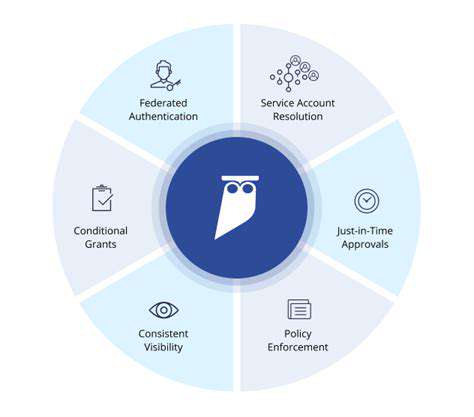
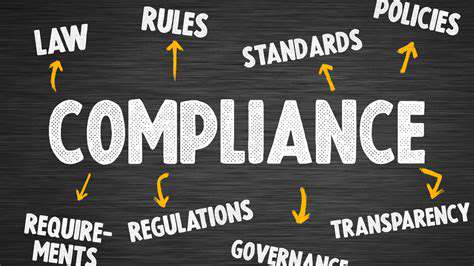
Read more about Ensuring User Privacy in Mobile Learning Applications
Hot Recommendations
- The Gamified Parent Teacher Conference: Engaging Stakeholders
- Gamification in Education: Making Learning Irresistibly Fun
- The Future of School Libraries: AI for Personalized Recommendations
- EdTech and the Future of Creative Industries
- Empowering Student Choice: The Core of Personalized Learning
- Building Community in a Hybrid Learning Setting
- VR for Special Education: Tailored Immersive Experiences
- Measuring the True Value of EdTech: Beyond Adoption Rates
- Addressing Digital Divide in AI Educational Access
- Preparing the Workforce for AI Integration in Their Careers
